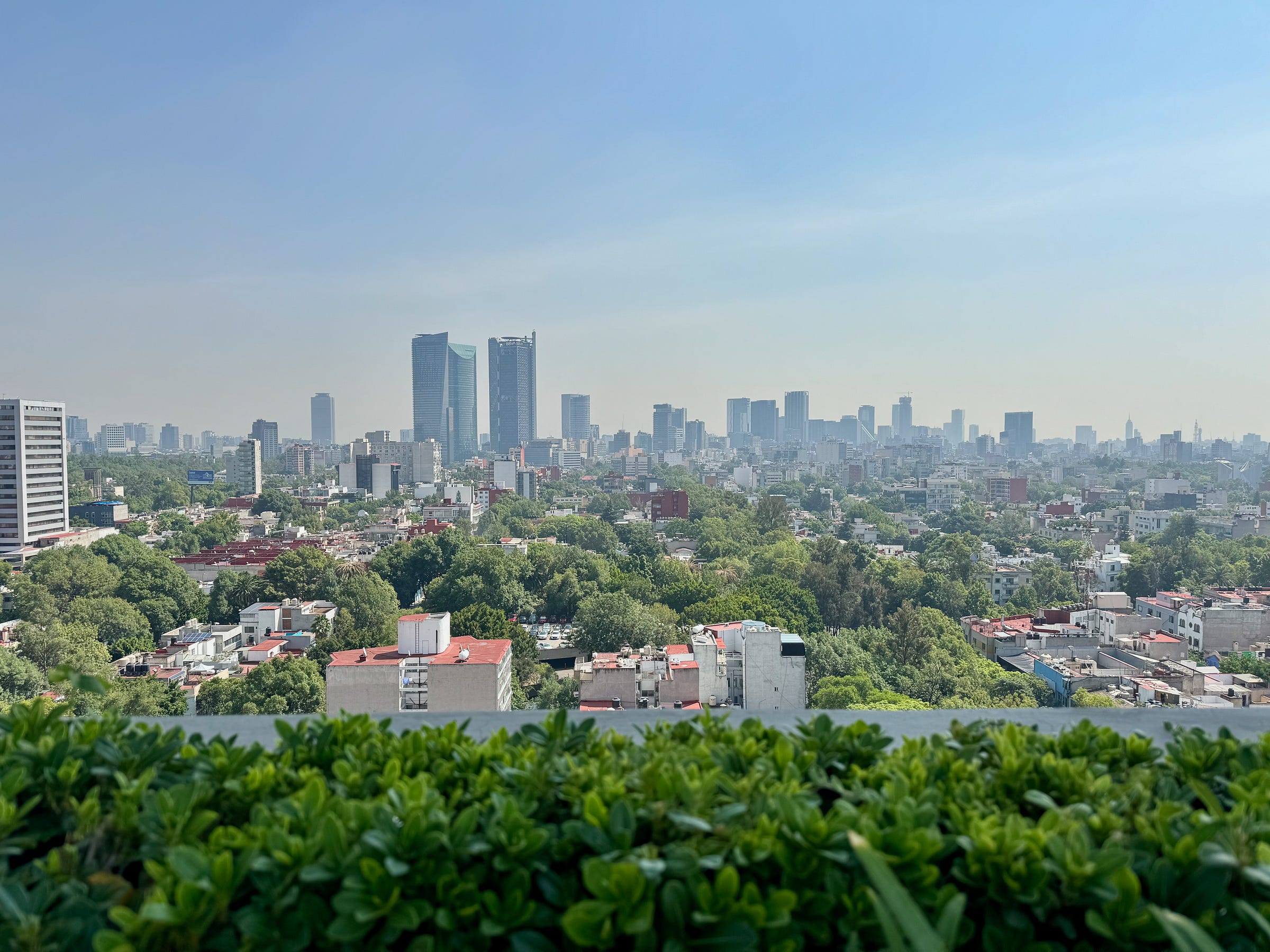Passion Meets Tradition: Your Guide to Mexico City
street tortas, colorful homes, and churros with melted chocolate
Welcome to the Caravaner’s Companion, a series of down-to-earth (and around the earth) travel guides full of recommendations, cautionary tales, and vibe checks from your over-caffeinated, donut-obsessed sherpa. Today we’re off to Mexico City. Check out the paid subscriber archive for guides to Egypt, Cyprus, Norway, Guatemala, Portugal, and Italy.
If you are reading this guide as an email, it may be truncated. You can click the “view in browser” link in the top right to see the rest. ¡Salud! 🍻
Mexico is not only a country, it is a state of mind. It is a place where passion and tradition meet, where every corner tells a story, and where beauty can be found in the simplest of things.
—Carlos Monsiváis
Despite having grown up in California—where Mexican culture is in the air we breathe—I didn’t make it to Mexico until this past May, and it was a bachelorette party that first took me there. (I suppose I’m more of a Millennial cliché than I like to admit.)
I hadn’t planned the trip myself, and being merely along for the ride, I didn’t know what to expect from Mexico City other than a third-world megalopolis. This made me apprehensive. I found myself filling in the blanks in my mind’s eye with memories from Cairo: incessant honking, smog, the smell of petrol and burning rubber. But what I found couldn’t have been more different, or more pleasantly surprising.
Mexico City was a kaleidoscope of color. The low-lying buildings were as brightly painted as stained glass, and the sky above was the most piercing blue.
Yet green was the shade that dominated the streets. The windowsills of Roma, Condesa, and Polanco—the Epcot version of Mexico City, where you’d have no idea the government was waging war with el narcotráfico—were all lined with potted plants, and the medians were full of trees that scattered the ground with dappled light, as though the city were a giant hothouse. It seemed on every corner there was a planter box or a grassy square, and then there was Chapultepec Forest, an oasis twice as large as Central Park.
These plants and colors and the warm weather combined to melt away my tension—the city was nothing like the madhouse I’d pictured. Instead, it exuded an unhurried ease that made me want to ditch my sightseeing haste. My time in Mexico City was not for museums or excursions, but for floating aimlessly in a trajinera down the tree-lined waterways of Xochimilco; for dancing in public; for long, heartfelt conversations over coffee in the early morning while the sidewalks were still empty. It was for standing in line for a cheap torta from a street vendor, knowing the flavors and textures would be well worth the wait.
I see now what Carlos Monsiváis meant when he said that Mexico is a state of mind: it’s the freeing feeling that while there is much you could do, there is nowhere you truly need to be. So let’s get into it—¡vamos!





